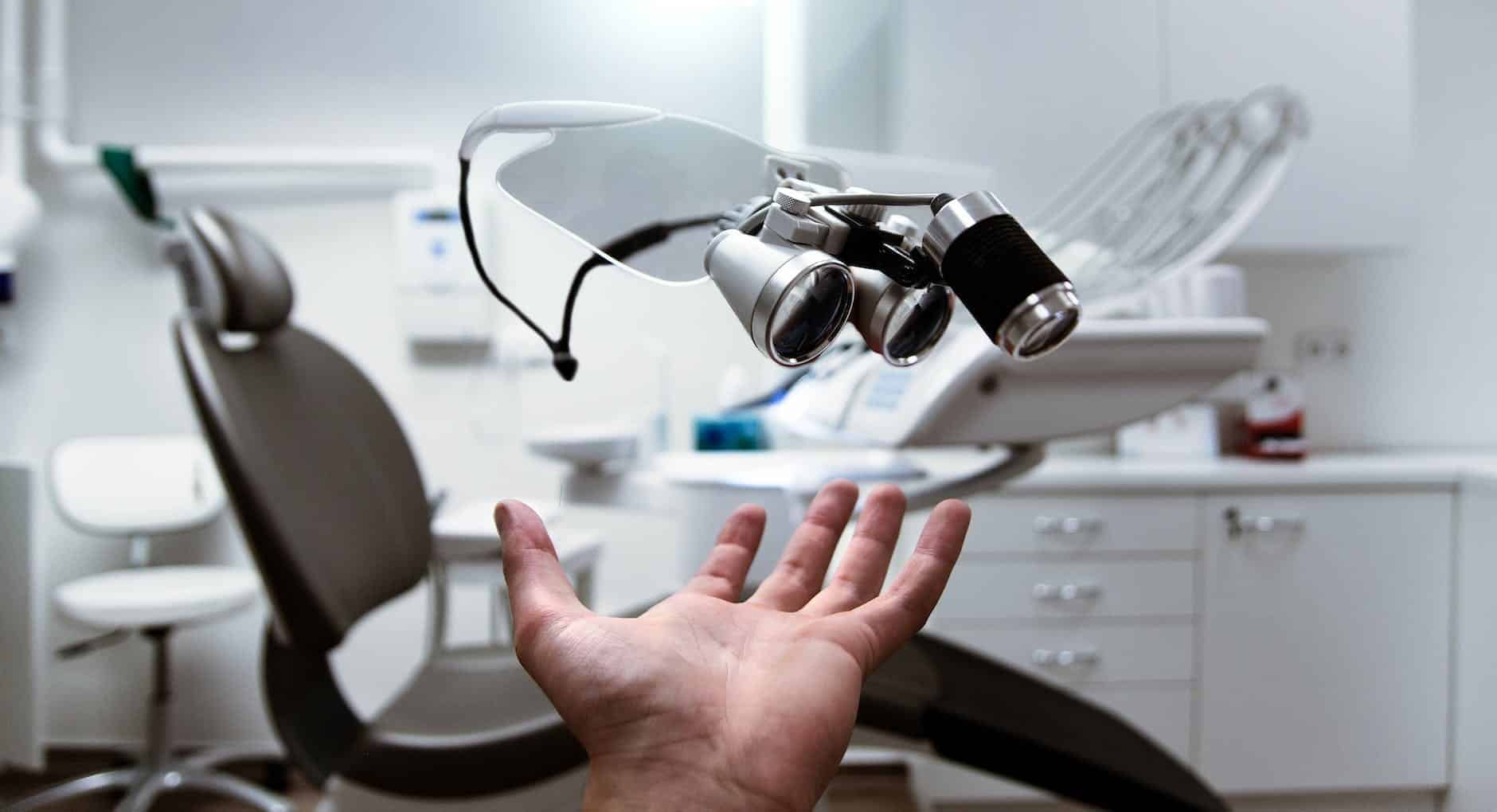
Tech for Good: How Health Tech is Transforming the Industry
Tech for Good: How Health Tech is Transforming the Industry In an era where technology permeates every facet of our

Tech for Good: How Health Tech is Transforming the Industry In an era where technology permeates every facet of our

The Future of Wellness: Innovations in Health Tech Unveiled The future of wellness stands at the precipice of a profound

Revolutionizing Healthcare: Exploring the Latest in Health Tech The convergence of technology and healthcare is ushering in an era of

Introduction Wearable health technology is changing the way we live. It’s a growing trend that has many benefits, including increased

Introduction The state of health tech Health technology is experiencing explosive growth. Our ability to measure, monitor and manage our

Introduction The healthcare industry has been historically slow to embrace technology. In the last few years, however, technology has started

Introduction: The Era of Wearable Health Tech Wearable health technology has surged to the forefront of personalized wellness, empowering individuals

Introduction: The Telemedicine Revolution Telemedicine, a subset of health tech, has emerged as a transformative force in healthcare delivery. It

Introduction: The Healthcare Technology Revolution Healthcare technology, or health tech, is rapidly transforming the way we access, manage, and receive

Introduction The realm of healthcare is undergoing a profound transformation, fueled by the convergence of artificial intelligence (AI) and smart